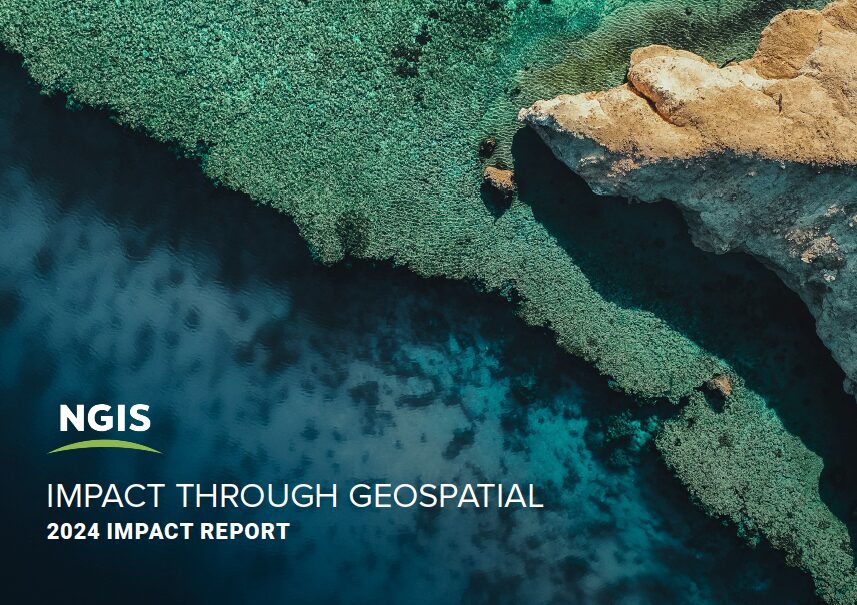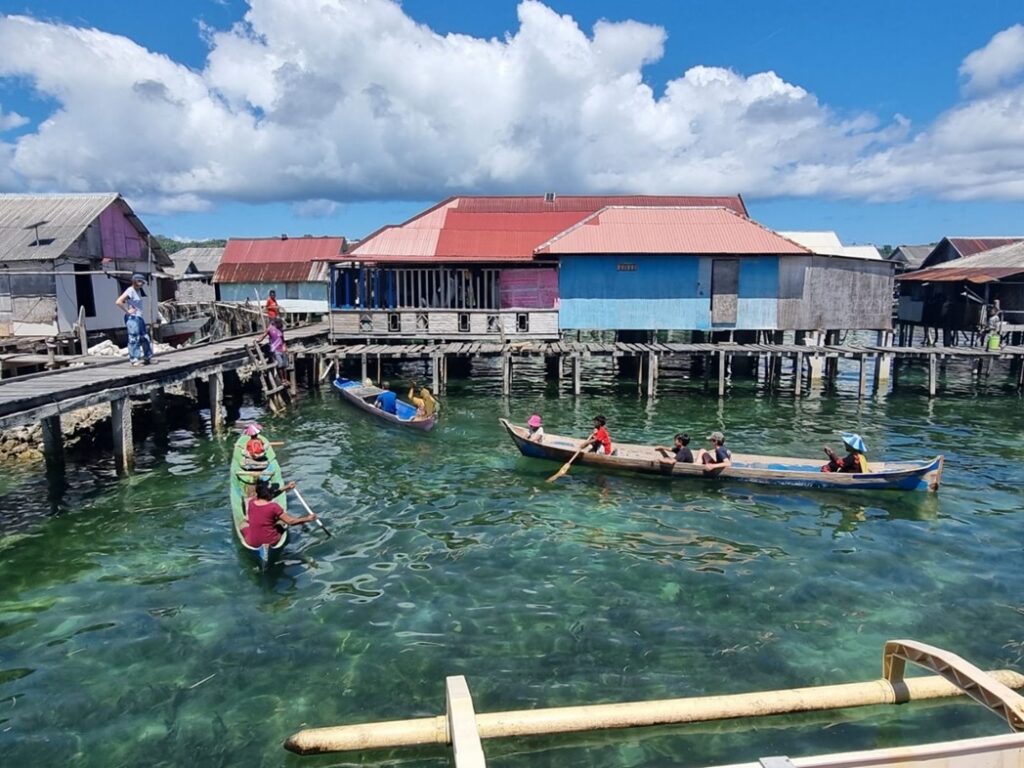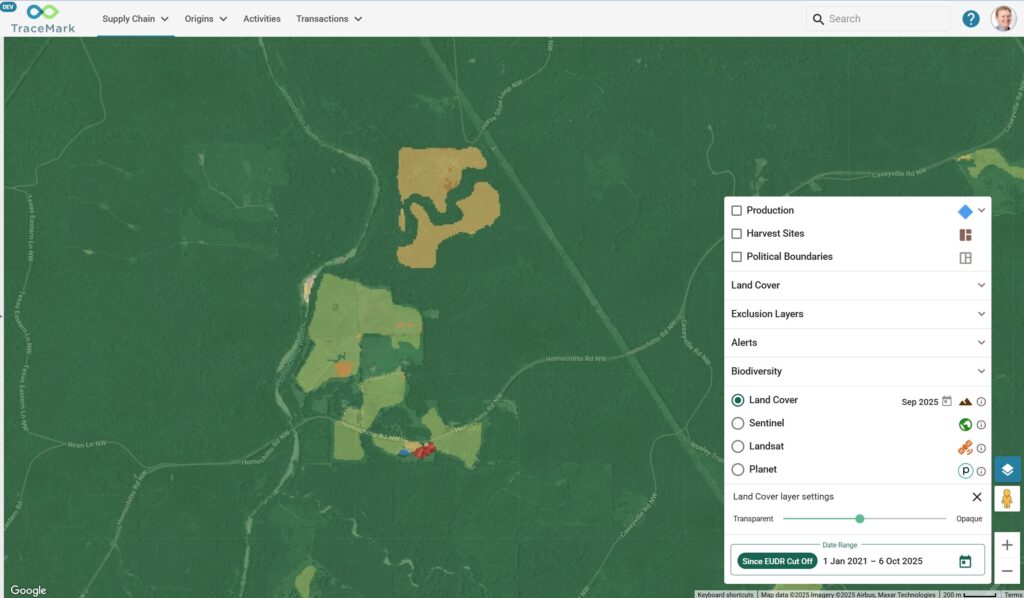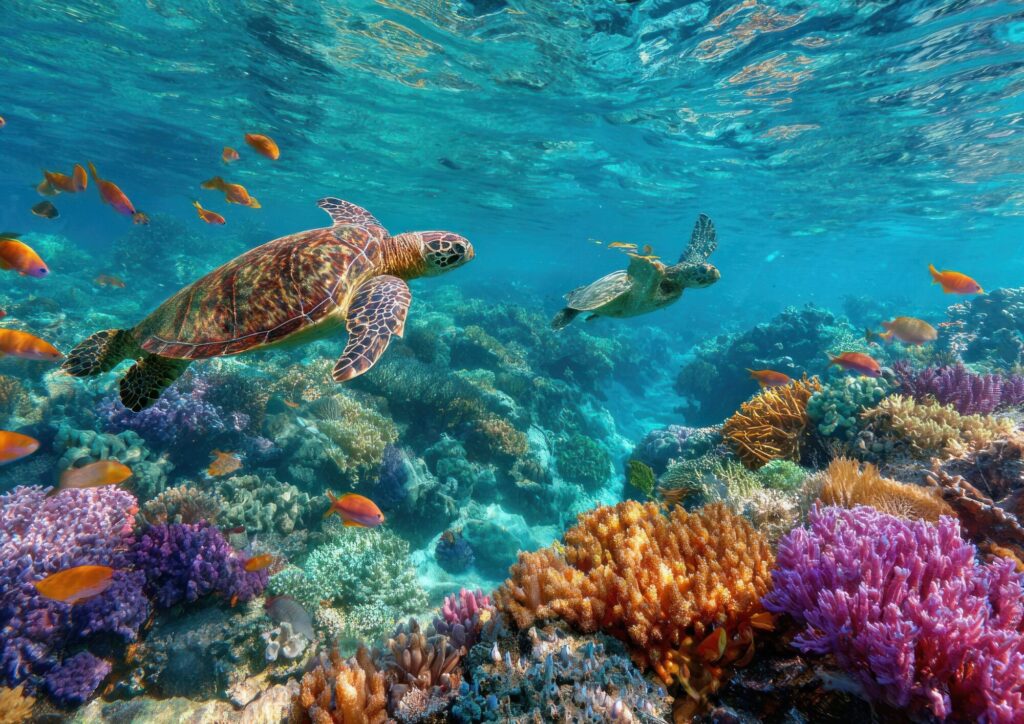Protecting Giant Kelp

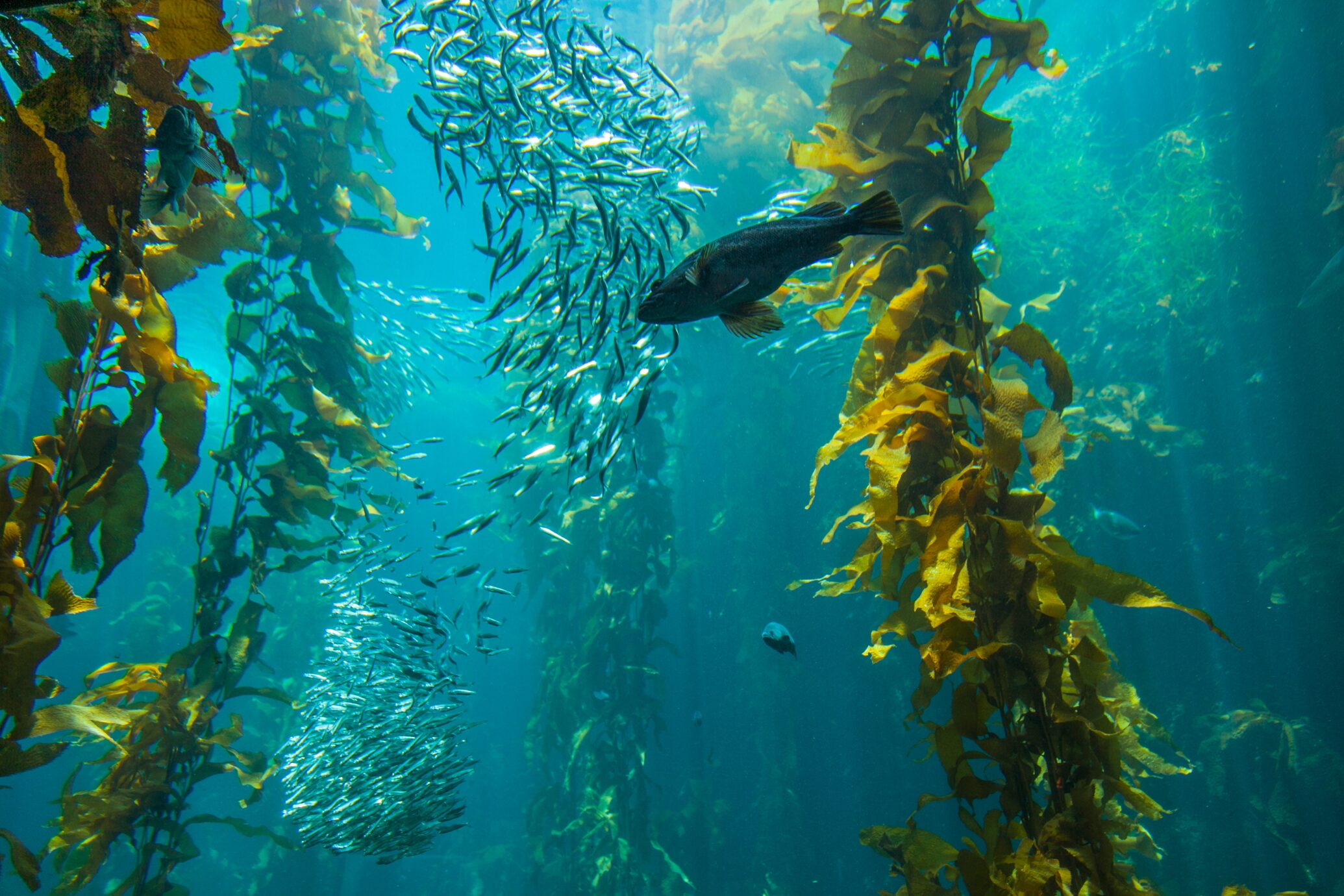
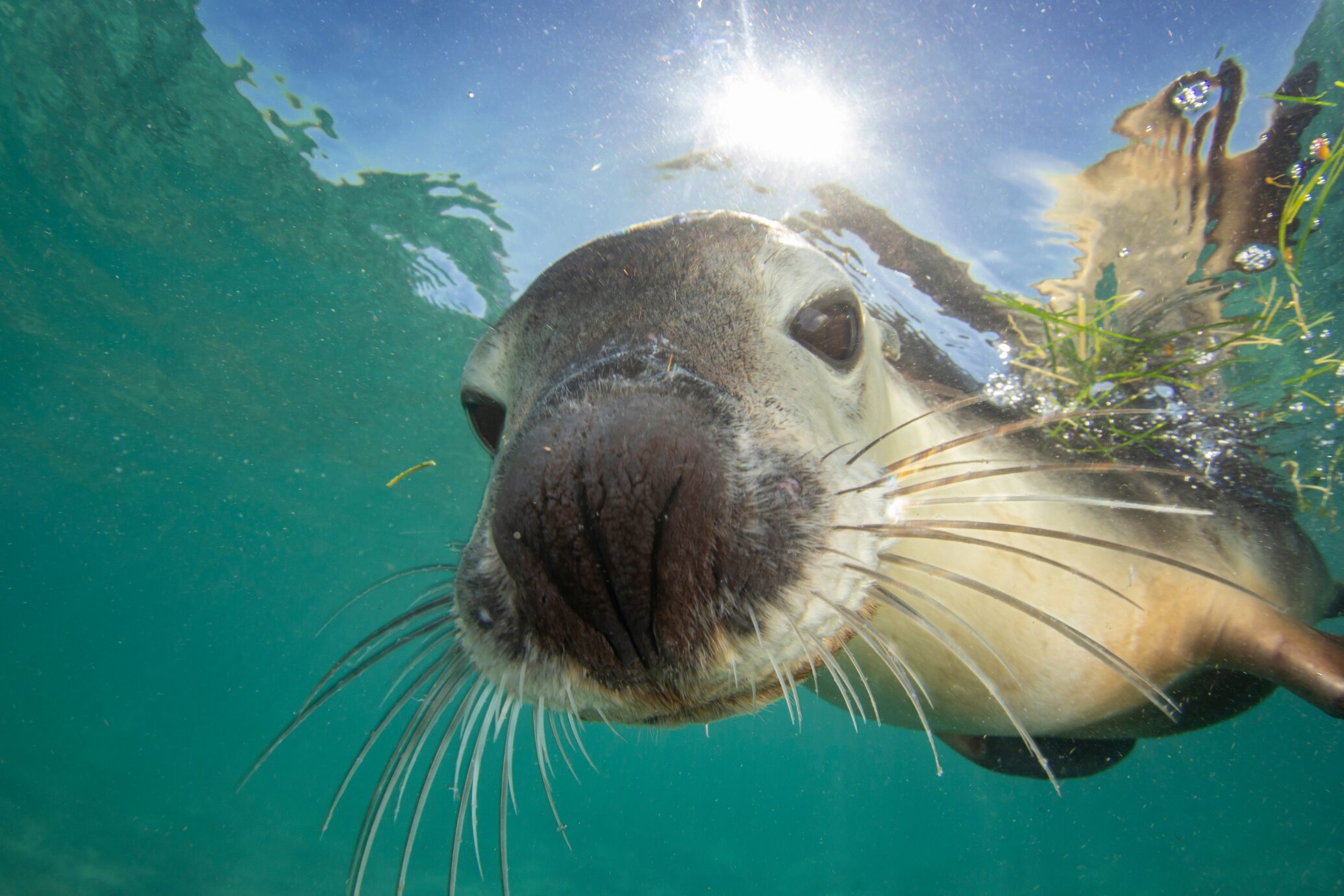
Growing over 35 metres long, and at a rate of half a metre each day, Australia’s Giant Kelp (Macrocystis pyrifera) are one of the most productive ecosystems on earth in terms of total carbon generated per square kilometre (Source: The Geography Teachers Association NSW & ACT inc).
They provide vertical structure and shade, slowing the
water movement to create a sheltered habitat for marine fauna at all levels of the forest canopy.
Of concern, Giant Kelp also has a low tolerance to heat stress. With the warming of our oceans – particularly in the east of Australia where temperatures have risen three times the average global rate, Australia’s kelp forests face significant threat. In eastern Tasmania, a 95% loss
of Giant Kelp forests has occurred over the past four to five decades.
THE GIANT KELP FOREST RESTORATION PROJECT
Recognising the urgency of the situation, The Nature Conservancy (TNC) launched the Giant Kelp Forest Restoration Project in mid-2023. This pioneering initiative brings together key players of the Giant Kelp restoration sector, including the Institute for Marine and Antarctic
Studies (IMAS) at the University of Tasmania, Natural Resource Management South (NRM South), the Commonwealth Scientific and Industrial Research Organisation (CSIRO).
The collaboration’s primary focus is to restore Giant Kelp forests at ecologically significant scales, leveraging collective knowledge and experience. The project addresses the critical need for a comprehensive recovery plan for Giant Kelp and aims to establish a baseline understanding of its current distribution in Australia. This includes monitoring changes in surface canopy forests over time. Google Australia, through its Digital Future Initiative – a $1B investment in Australian research, infrastructure and partnerships funded NGIS to support this mapping effort.
A COLLABORATIVE APPROACH BRINGS HOPE AND OPPORTUNITY
The initiative employs cutting-edge technology and diverse datasets. Satellite imagery from Planet and the European Space Agency, along with machine learning capabilities through Google Cloud Platform, facilitates precise analysis of changes in Giant Kelp canopy cover from 2016 to 2023. The collaborative approach draws on years of accumulated knowledge, offering a unique opportunity to recover Giant Kelp ecosystems.
The project’s approach includes accessing, processing, and modelling remotely sensed images. This data, combined with ongoing monitoring of Kelp Forest canopies, provides invaluable insights into the status of this iconic marine ecosystem. Identifying areas where forest extent is declining or expanding rapidly becomes crucial for informed conservation responses and integration into national
economic accounts.
POTENTIAL FOR FAR-REACHING IMPACT
This collaborative project serves as a holistic response to the decline of Giant Kelp forests, aiming not only
to restore ecosystems but also to contribute vital information for national conservation strategies.
NGIS is proud to be involved in this collaborative effort, blending expertise and technology. As Australia pioneers the restoration of its Giant Kelp forests, the project offers hope to the future of marine ecosystems globally.
Related Articles
Here are more related articles you may be interested in.

